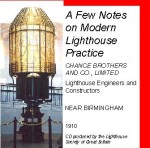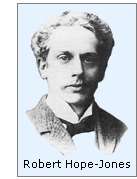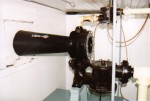From: “Heritage Foundation of Canada” HeritageCanadaFoundation@heritagecanada.org
Subject: HCF / FHC Communiqué :
New HCF Funding Available for Fundy Shore Lighthouses
Date sent: Tue, 24 Apr 2012 18:13:05 +0000
HCF Funding Available for Fundy Shore Lighthouses
Ottawa, ON, April 24, 2012 – The Heritage Canada Foundation (HCF) is pleased to announce the availability of heritage grant funding for the repair and conservation of historic lighthouses along Nova Scotia’s Fundy Shore, in the counties of Digby, Annapolis and Kings. Funding will come from HCF’s Runciman Endowment Fund for Heritage Conservation, created with the assistance of a generous bequest.
HCF will consider funding requests from community groups and organizations seeking one-time financial support for repair and heritage conservation work at historic lighthouses in the three named counties.
Among other considerations, priority will be given to: Continue reading New HCF Funding Available for Fundy Shore Lighthouses









